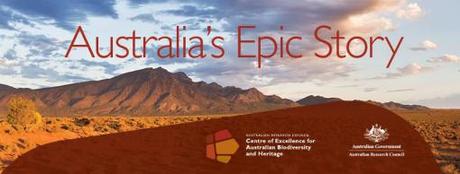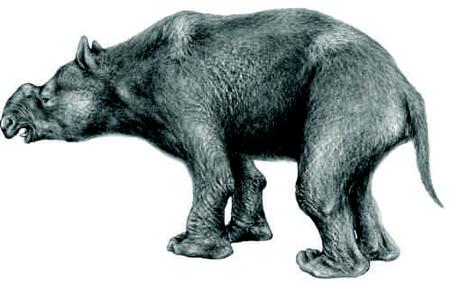
—
With the official start of the new ARC Centre of Excellence for Australian Biodiversity and Heritage (CABAH) in July, I am pleased to announce two new CABAH-funded postdoctoral positions (a.k.a. Research Associates) in my global ecology lab at Flinders University in Adelaide (Flinders Modelling Node).
One of these positions is a little different, and represents something of an experiment. The Research Associate in Palaeo-Vegetation Modelling is being restricted to women candidates; in other words, we’re only accepting applications from women for this one. In a quest to improve the gender balance in my lab and in universities in general, this is a step in the right direction.
The project itself is not overly prescribed, but we would like something along the following lines of inquiry:
Quantifying the impact of climate- and human-driven landscape change on megafauna extinction in Australia. The project aims to integrate explicitly the interactions between vegetation dynamics (grazing, climate change) and the effects of fire (natural or human-driven) on environmental change to investigate how first human occurrence, fire frequency, grazing, and climate change interplay until they have driven species extinction events.
You can apply officially for this position using this link (Position 17115).
The second position — Research Associate in Palaeo-Ecological Network Modelling — is open to everyone, and is in the general area of ecological network modelling:
The incumbent will construct networks for Australian palaeo-communities to test for cascading extinctions and ecosystem stability by stochastic virtual ‘removal’ experiments. Rapid and widespread extinction of megafauna species across the globe occurred throughout the Late Quaternary and into the Holocene (~ 50,000 to 5,000 years ago). Both human-driven and climate-influenced models have been proposed to explain these massive waves of extinction, but their outcomes have largely ignored complex ecological relationships to date. Genetic data, fossil records and archaeological archives are the primary source of information for understanding the ecology of long-extinct communities, but these datasets are mostly incomplete so that we can never expect to construct complex ecological networks. However, we can build proxy networks based on analog (modern days) systems and ecologically realistic assumptions validated from present-day ecosystems.
You can apply by following this link here (Position 17116).
 I’m excited to start seeing the applications roll in. The Centre of Excellence provides a unique opportunity for the successful candidates to engage across a broad range of institutions, disciplines, and expertise. You will be supported by one of the most productive, knowledgeable, internationally renowned, and innovative research teams in these areas.
I’m excited to start seeing the applications roll in. The Centre of Excellence provides a unique opportunity for the successful candidates to engage across a broad range of institutions, disciplines, and expertise. You will be supported by one of the most productive, knowledgeable, internationally renowned, and innovative research teams in these areas.
Of course, please pass around this post and the announcements themselves to anyone who you think might be interested.
Best of luck,
 Quantifying the impact of climate- and human-driven landscape change on megafauna extinction in Australia. The project aims to integrate explicitly the interactions between vegetation dynamics (grazing, climate change) and the effects of fire (natural or human-driven) on environmental change to investigate how first human occurrence, fire frequency, grazing, and climate change interplay until they have driven species extinction events.
Quantifying the impact of climate- and human-driven landscape change on megafauna extinction in Australia. The project aims to integrate explicitly the interactions between vegetation dynamics (grazing, climate change) and the effects of fire (natural or human-driven) on environmental change to investigate how first human occurrence, fire frequency, grazing, and climate change interplay until they have driven species extinction events.
